The Benefits of Designing for Disability Access in the Early Stages of the Design Process
Incorporating disability access in the early stages of the design process offers numerous benefits. From cost savings and time efficiency to regulatory compliance and enhanced occupant satisfaction, designing for disability access sets the foundation for a successful, inclusive, and economically viable building. By considering accessibility from the outset, architects, designers, and developers have the opportunity to create spaces that are welcoming, functional, and accommodating to all individuals. Below we will explore the key benefits of designing for disability access in the early stages of the design process.
Cost Savings:
Addressing disability access requirements early in the design process can lead to significant cost savings. By integrating accessibility features from the beginning, the need for costly retrofits or modifications later on is minimized. It is far more efficient and cost-effective to incorporate accessible design elements during the initial conceptualization phase rather than making changes in later stages. By considering disability access early on, designers can achieve optimal solutions while keeping construction expenses under control.
”Let us prioritize disability access in our designs, ensuring that everyone can experience the benefits of inclusive spaces.”
Time Efficiency:
Designing for disability access from the outset ensures a smoother and more efficient construction process. By accounting for accessibility requirements at the design stage, potential issues and conflicts can be identified and resolved early, reducing delays and rework during the construction phase. This streamlined approach saves valuable time and minimizes disruptions, resulting in timely project completion.
Regulatory Compliance:
Building codes and accessibility standards mandate compliance with disability access requirements. By incorporating accessibility features during the early design phase, designers can ensure compliance with applicable regulations. This proactive approach prevents potential legal issues, fines, and delays associated with non-compliance. By prioritizing disability access in the design process, developers can confidently meet all accessibility standards, creating inclusive environments that are compliant and welcoming to all.
Enhanced Occupant Satisfaction:
Designing for disability access not only meets legal obligations but also enhances occupant satisfaction. An inclusive environment benefits everyone, including individuals with disabilities, seniors, parents with strollers, and those with temporary impairments. By considering the diverse needs of potential occupants and incorporating universal design principles, designers can create spaces that are accommodating, functional, and enjoyable for all users. This inclusive approach leads to higher levels of occupant satisfaction and promotes a positive reputation for the building.
Social Responsibility and Inclusivity:
Designing for disability access is an expression of social responsibility and a commitment to inclusivity. By prioritizing accessibility, design professionals contribute to a more equitable society. This proactive approach sends a powerful message that all individuals, regardless of their abilities, are valued and respected. Incorporating disability access in the early stages of design reflects a commitment to diversity, inclusion, and equal rights, creating a more inclusive and compassionate world.
Designing for disability access in the early stages of the design process offers numerous benefits, including cost savings, time efficiency, regulatory compliance, enhanced occupant satisfaction, and a demonstration of social responsibility. By considering accessibility from the outset, designers and developers create spaces that are welcoming, functional, and accommodating to all individuals. This proactive approach not only benefits those with disabilities but also creates environments that enrich the lives of all occupants. Let us prioritize disability access in our designs, ensuring that everyone can experience the benefits of inclusive spaces.

Recent blogs
The Difference Between Universal Design and Accessibility in the Australian Context
In Australia, the concepts of universal design and accessibility play a crucial role in creating [...]
Read moreMay
Emergency Call Buttons – Enhancing Safety and Accessibility in Unisex Accessible Bathrooms
In the pursuit of inclusivity and accessibility, the importance of ensuring the safety and security [...]
Read moreMar
Crafting Inclusive Spaces: Our 5 Expert Tips on Universal Design Principals
Discover 5 expert tips from Vallabh Bailey Consulting on integrating universal design principals into architecture [...]
Read moreFeb
Keeping Accessibility Front of Mind in 2024: The Benefits of Designing for Disability Access in the Early Stages of the Design Process
Discover the benefits of designing for disability access in the early stages of the design [...]
Read moreJan
Keeping Accessibility Front of Mind in 2024: What is your one word for a better accessible 2024?
Learn why keeping accessibility front of mind in 2024 is crucial for creating inclusive environments [...]
Read moreJan
International Disability Awareness Day: Empowering Children with Disabilities to Enjoy Social Play
Delve into the importance of disability access and inclusion, with a specific focus on how [...]
Read moreDec